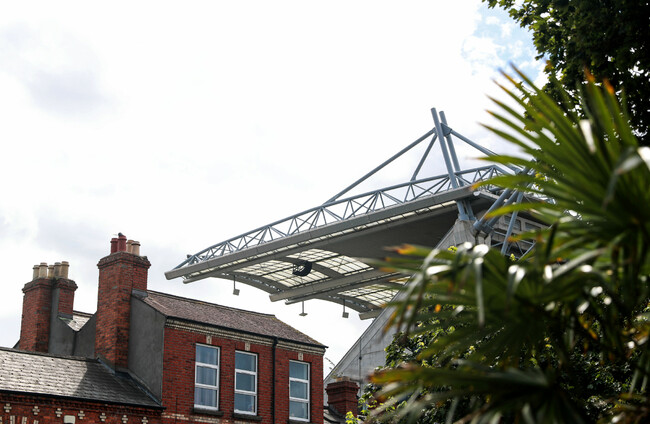1. Delve into the howling wildernesses of the internet, on sites such as Reddit and 4chan and men’s fitness forums, and what Ronaldo embodies above all is something larger than simply goals and medals. To a certain cross-section of disaffected young males from which he seems to draw the core of his fanbase, he represents a sort of ultimate masculinity: vindication, vengeance, pride, indestructibility, physical dominance, the satisfaction of crushing your enemies underfoot. Ronaldo wins, and so by extension everyone else – including the “manlet” Messi – loses.
The Guardian’s Jonathan Liew — one-time guest on Behind the Lines, the sportswriting podcast, of course — on how Ronaldo ‘became a tyranny of numbers’.
2. ”Sport has the happy knack of producing the loveliest of stories, the zero-to-hero kind that can leave those in the struggling category wondering if anything is, after all, possible if you just stick with it and don’t let the bad days grind you down. The story of this Meath women’s Gaelic football team will, though, take some topping in the inspirational department.
In the Irish Times, Mary Hannigan writes about one of the sports stories of the year.
3. ”For me, Drive to Survive worked like a trapdoor directly into F1 fandom, and it seems to have done the same for lots of previously indifferent Americans. Netflix is averse to releasing viewership numbers, but a spokesperson told me that the third season was the show’s most popular yet; it was also the platform’s seventh-most-watched series in March. Circumstantial evidence of its influence abounds: ESPN, which broadcasts Grand Prix events in the United States, says race ratings are up 50 percent over 2020. The Circuit of the Americas, which hosts the United States Grand Prix in Austin, Texas, plans to add 20,000 more seats for its sold-out October race.”
Amanda Mull, in the Atlantic, explains how Netflix made Americans ‘care about the most European of sports.’
4. “An Irish friend who had visited a nature site sacred to indigenous people in Australia had described the goosebumps he felt standing there. When I asked what the Irish equivalent was that I should visit, his answer was Croke Park. “Isn’t it a stadium in Dublin with loads of kebab shops around it, though?” I countered.
“Exactly,” he said, misty-eyed.”
Briana Parkins is converted (?) to the magic of our games, thanks to a trip to Jones’ Rd.
5. “Ibtihaj Muhammad was a sophomore at Columbia High in Maplewood, N.J., about 20 miles from Manhattan, when the World Trade Center fell. The future Olympic bronze-medalist fencer was one of only several Muslims in her community—she remembers maybe one or two other families in the area—and the only person at her school wearing a hijab.
Maplewood was a commuter town; parents sent their children to class, then boarded the Morris and Essex line into the city for work. Muhammad was in her AP English class on the morning of Sept. 11, 2001, when her teacher, like others across the country, watched through fingers as news footage captured just miles away played out across a television. First, smoke from the north tower filled the screen. Then came the panic.”
Shaker Samman, in Sports Illustrated, sketches out the change that came for Muslim athletes after 9/11.

